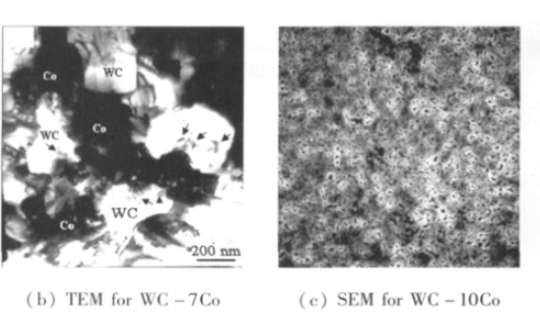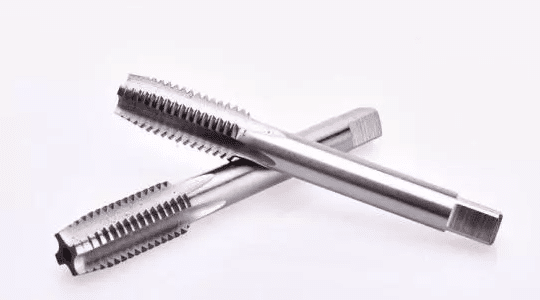As is well known to us, tipped cutting tools can be grouped into solid tool, brazed tool, tool with mechanical clamp, and tool with indexable tips on basis of methods to inlay tips on the tools. We herein discuss which makes up indexable inserts the ideal choice for most purpose of machining. Continue reading for a more detailed explanation that starts with a definition of indexable carbide insert.I hope that my idea is one of useful thoughts for apprehending your industry and improving your work.
What are indexable inserts?
Machine tools tipped with indexable inserts have developed considerably from that time to day.
They are a kind of cutting inserts clamped on to a tool body has multiple cutting edges which are replaceable.
Before the popularization of carbide inserts, it was always necessary to remove solid cutting tools from machines to sharpen them. Round tools generally involve a large initial investment compared to inserts, this investment can be extended over the long-term with the added possibility of regrinding. Tool suppliers like us are continually developing our cutting products whether solid or indexable tools, which takes up more and more our R&D dollars these years, in that we think it’s too inconsiderate for users who don’t possess a regrinding machinery.
That’s why I am prone to claim that indexable tips are one of great inventions in the history of machining tool till middle 1900s when it’s on the market. Back then solid carbide cutters certainly had a very secure place in some industry such as injection mold and they still are, though. All of a sudden, Indexable carbide inserts popped out and settled an unresolved issue of solid cutting tools: Mechanists had no practical option but replacing the whole solid bit as long as the tip get worn or dull. When you dispose of a entire carbide bit, in fact you are wasting huge amount of money identically. Indexable inserts were born for this case.

Characteristics of indexable inserts
Indexable insert implies that the most critical benefit offered by indexable tools is the ability to renew the cutting edge without having to remove the cutting tool from production. When a replacement is needed, this is more time and cost efficient because of the need to only flip the insert. You won’t need to disturb the overall geometry of the tool (effective diameter, tool length offset, etc.).
In most cases, Its devised positive cutting edge removes metal by slicing through the material instead of scraping. This profile lowers the cutting force and decreases the chance of insert cutting edge chipping.
Additionally, the geometry, substrate, and coating of an indexable tool is better. Applications of indexable tips on special purpose have the potential to produce greater accuracy than what conventional tips do in general. Also, the overall design allows the machine operator to achieve much smaller diameters and bigger sizes.
How is that managed?
As mentioned above, indexable cutting tips are not brazed or welded to the tool body, which avoid lowered hardness or crackings. Thus, the workpiece’s finish accurateness is improved by cutters with less flaws. On the other hand, coating hardfacing has assured sufficient rigidity of interchangeable tips compared with regular tool tips that need regrinding.

What indexable inserts offer…
- An indexable turning tool allied with the multiple-axis motion of a CNC machine tool greatly simplifies the creation of complex shapes, virtually eliminating the need for dedicated turning tools. You merely need to replace tips on bit instead of superseding the whole tool bit customized for peculiar use.
- Moreover, regarding hole broaching, It is common for a CNC programmer to make a hole with an indexable drill at first, and then cut the hole to a larger diameter by enlarging moving range of spindle. Therefore, there is no need to use an anti-vibration boring bar,which is another expense to cost.
- Indexable drill bit is more tolerant, even though misalignment of tool bar and spindle even happens.
- All indexable inserts produced by major cutting tool manufacturers are accordant with ISO or ANSI standard. It’s relatively convenient for you to readily find all required interchangeable tips.
- Having a series of cutter bodies that implement various inserts reduces tool inventory while offering plenty of flexibility of tool utilization for both CNC programmers and operators. Especially for operators and machinists, it saves a lot of downtime to re-sharp tool bits like you are using solid or brazed tools. All indexable tool tips are throw-away and you don’t have to worry about risks of wrongly reshaping your tips.
Summarily, the main advantages of indexable cutters are reduced cycle time&downtime, diminished tool inventory, and improved part quality.
Your only concern is to precisely know what geometry and what tool material is optimal for machined work piece.

উপসংহার
Both solid tools and indexable tools have their own distinct advantages based on material of workpiece, operation and user requirements. Each one keeps on with make on-going developments and improvements as the whole industry continues to demand standardization, lower inventory levels, higher working efficiency, increased tool life and universal tooling solutions, cutting tool technology will continue to upgrade with progress and replace antiquated cutting tools on its product catalogue.


